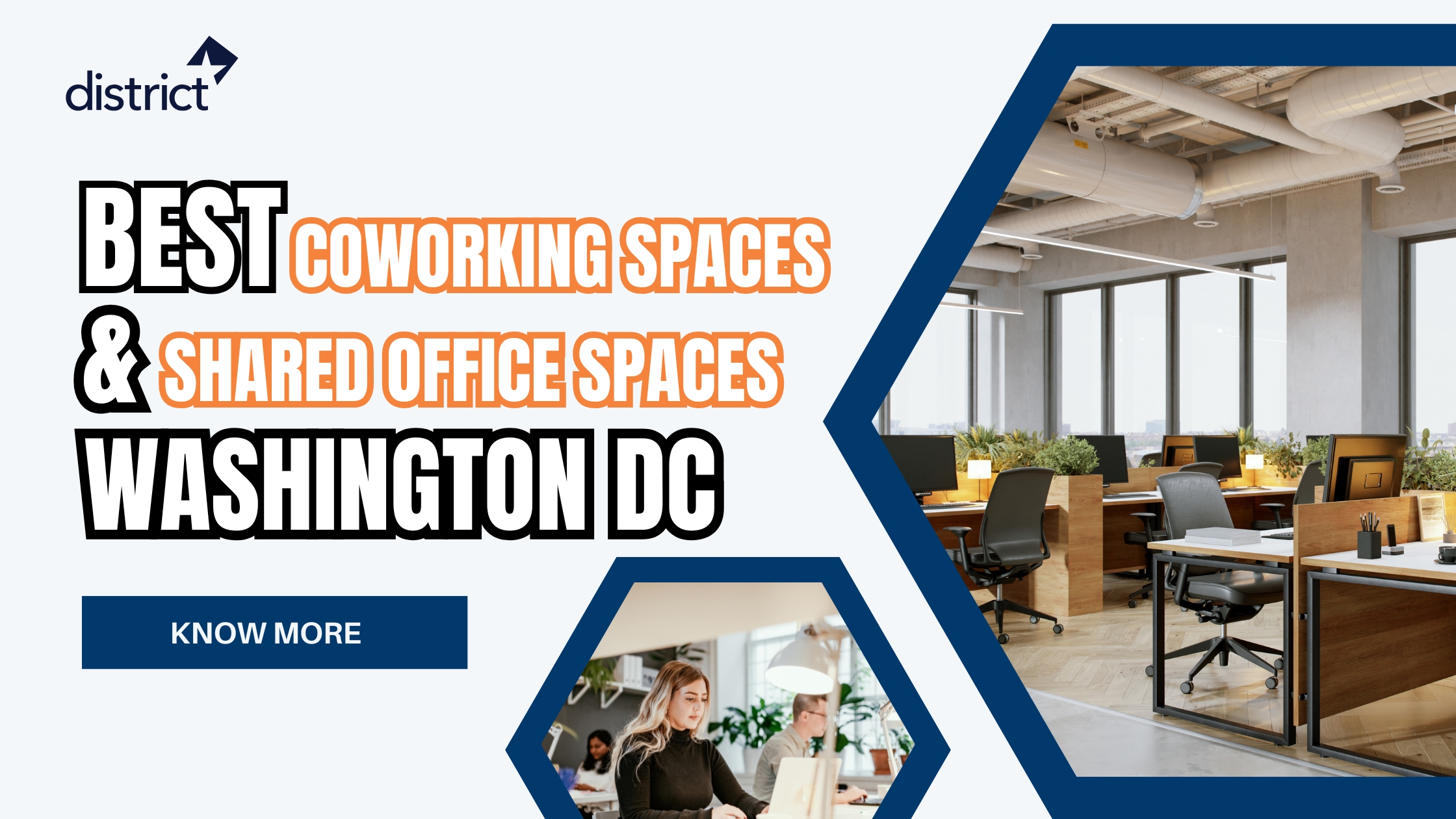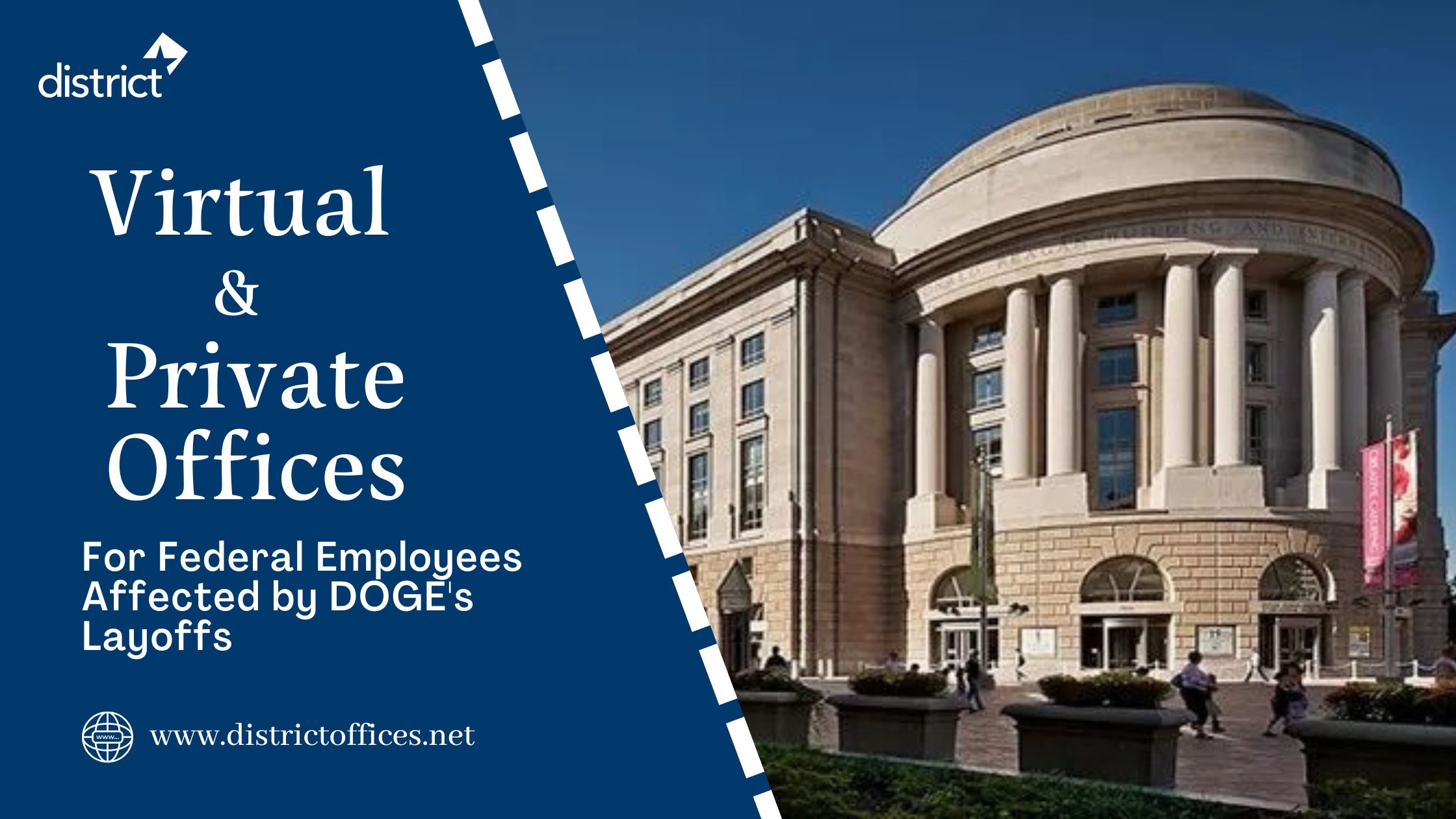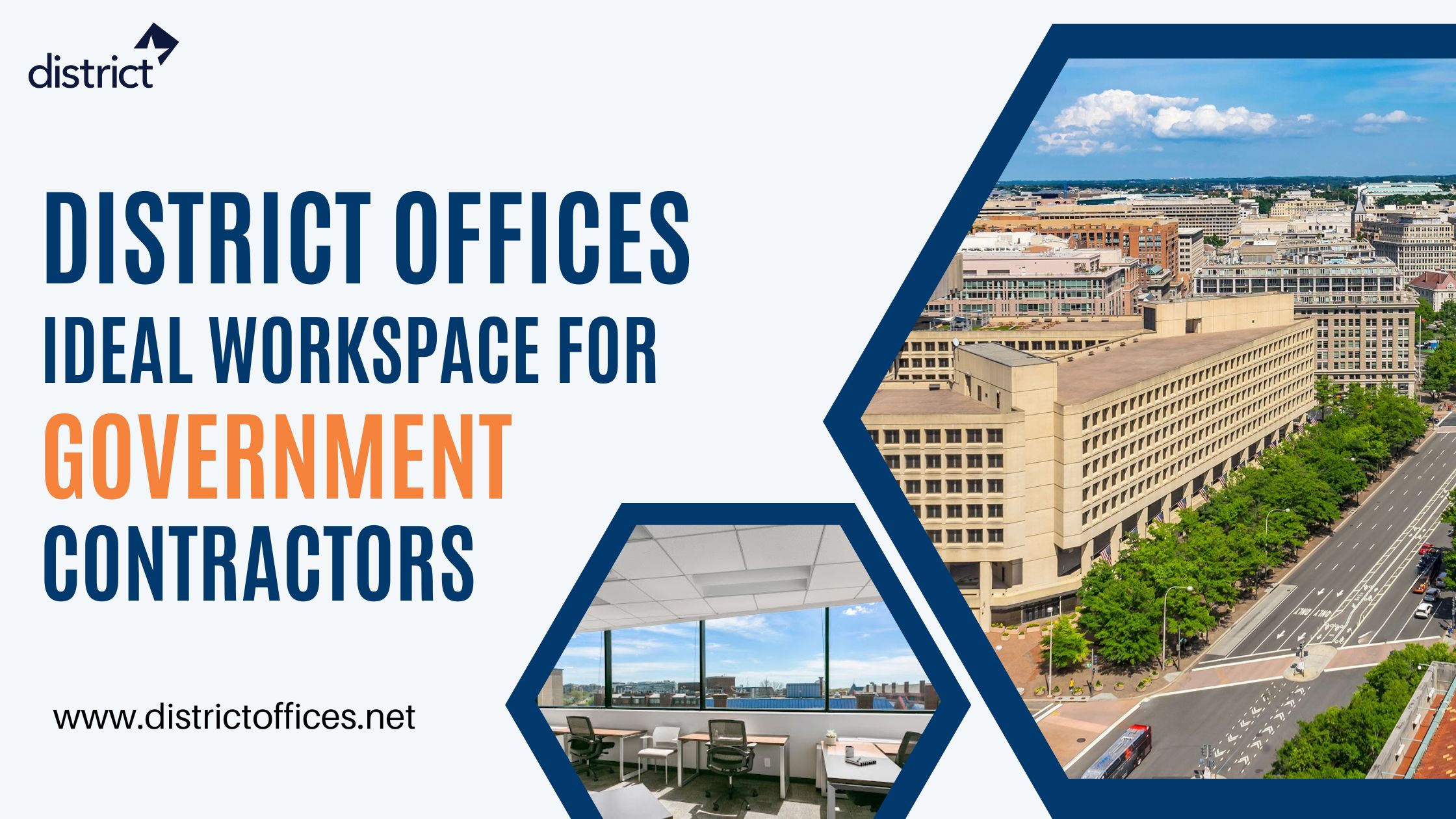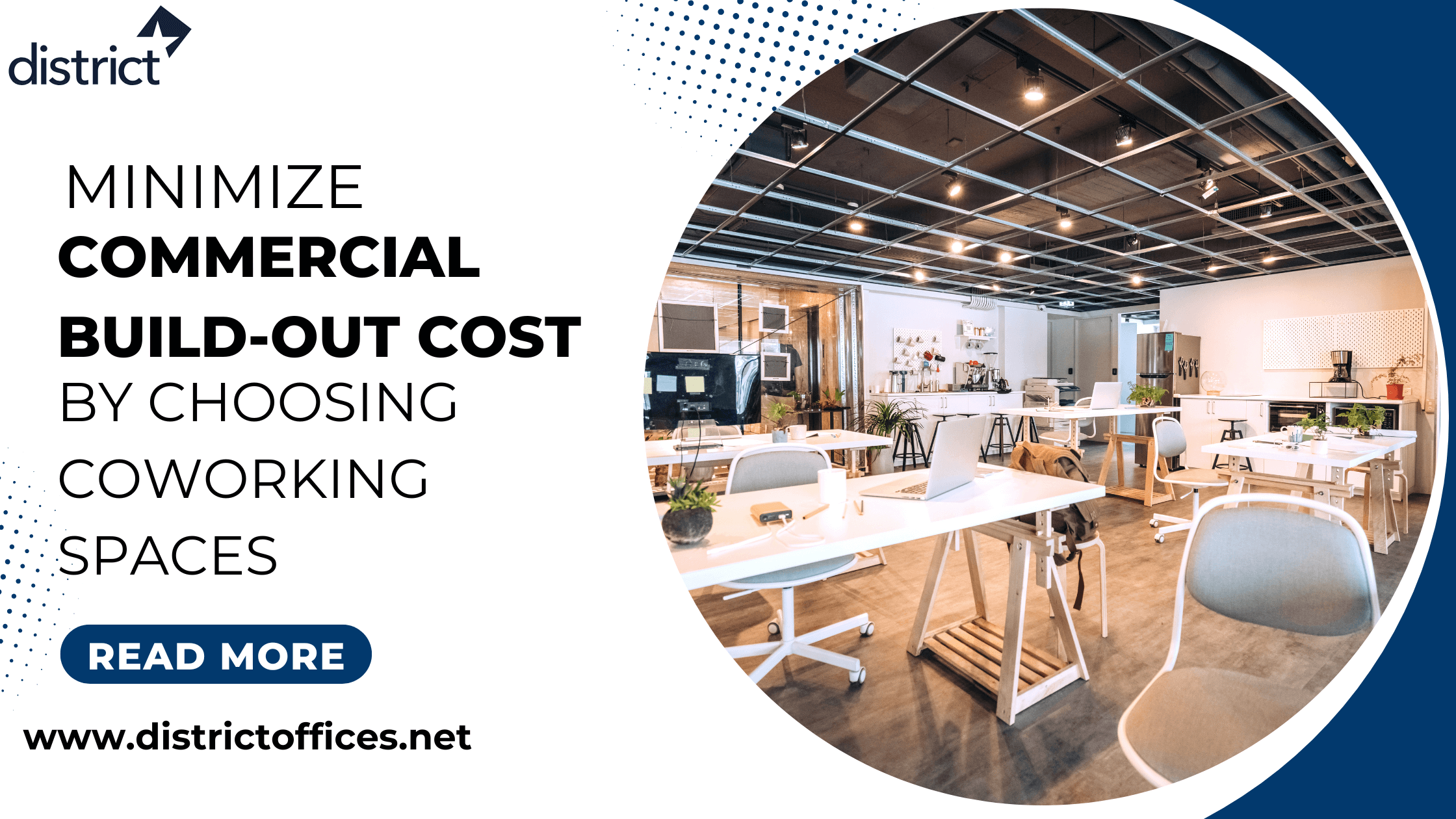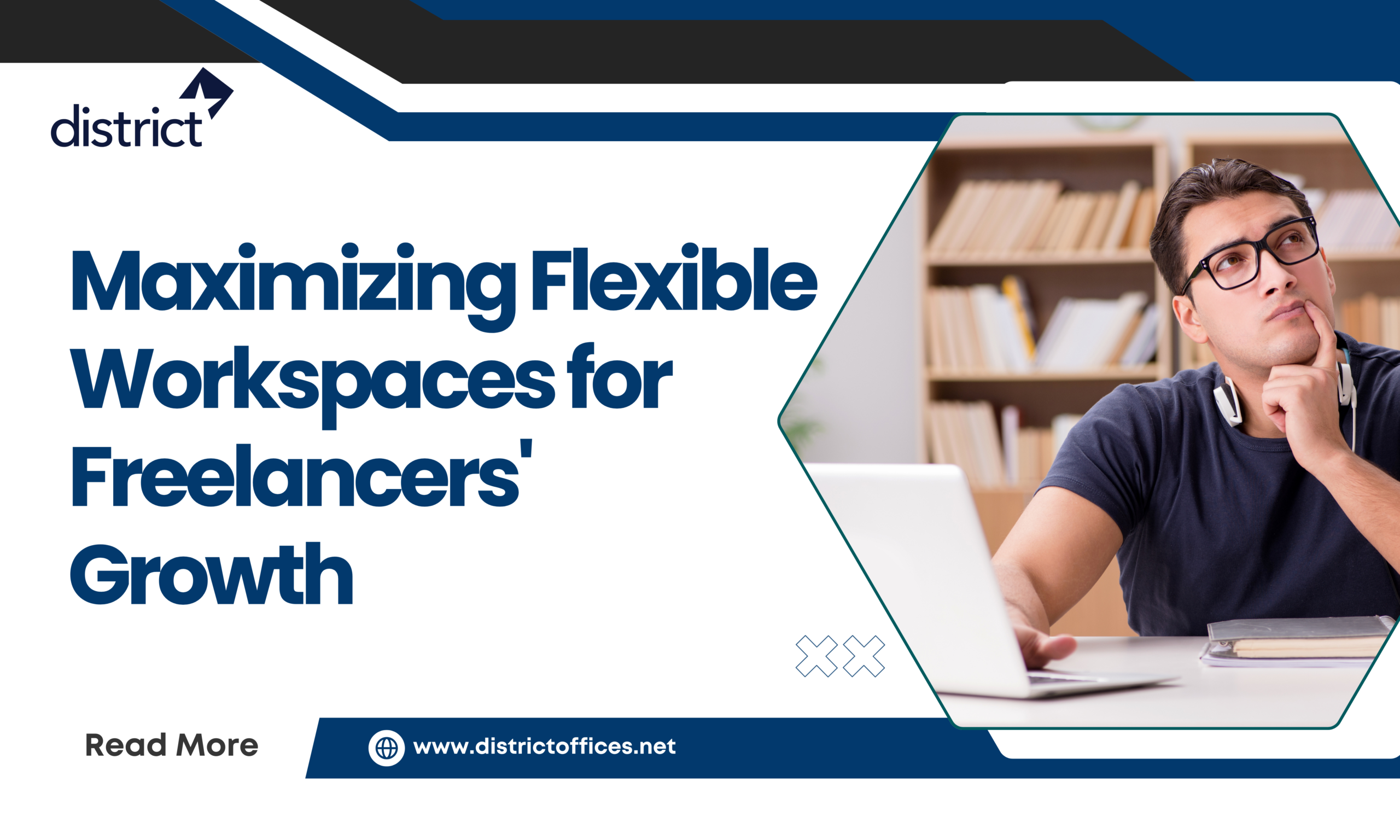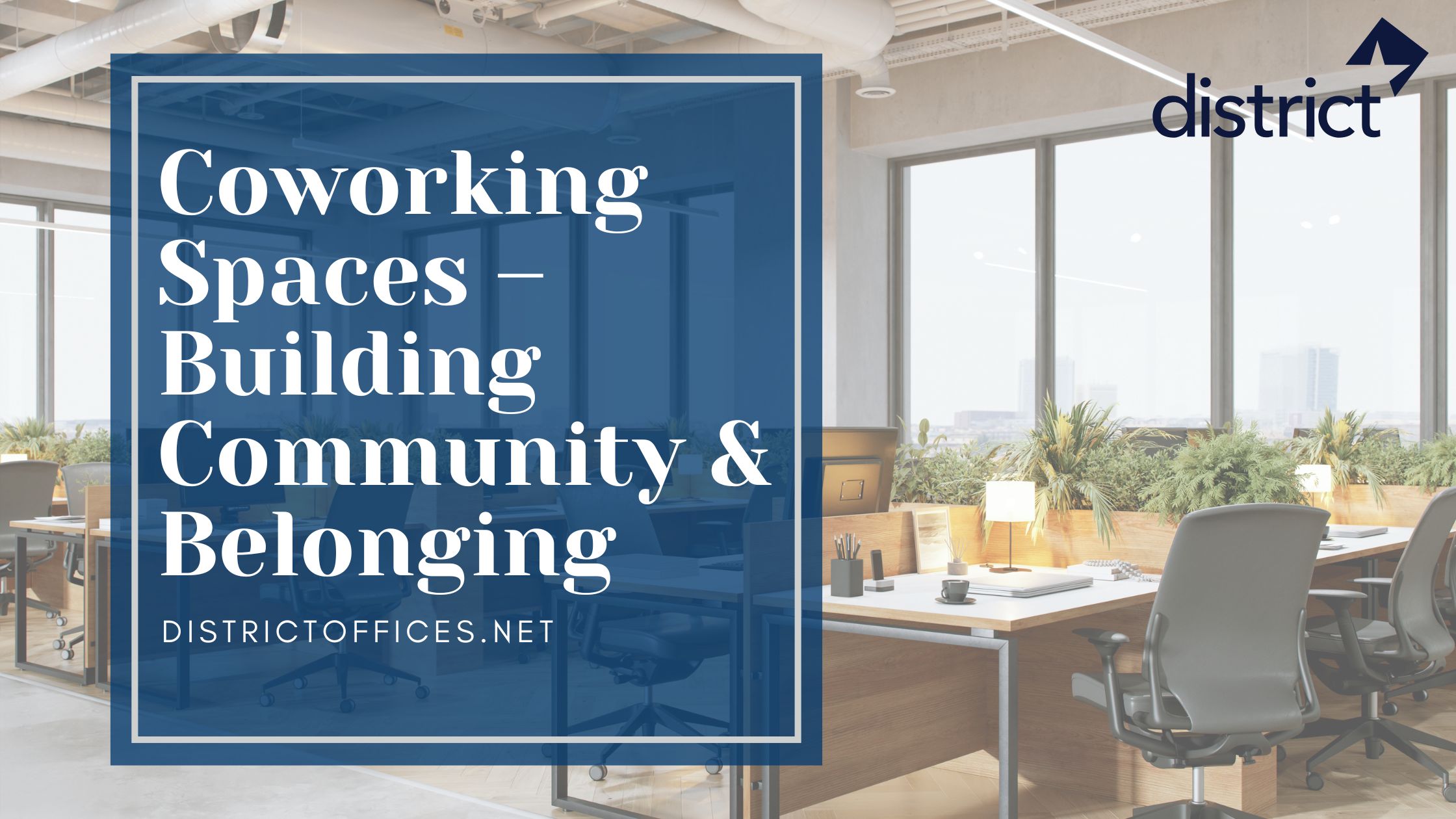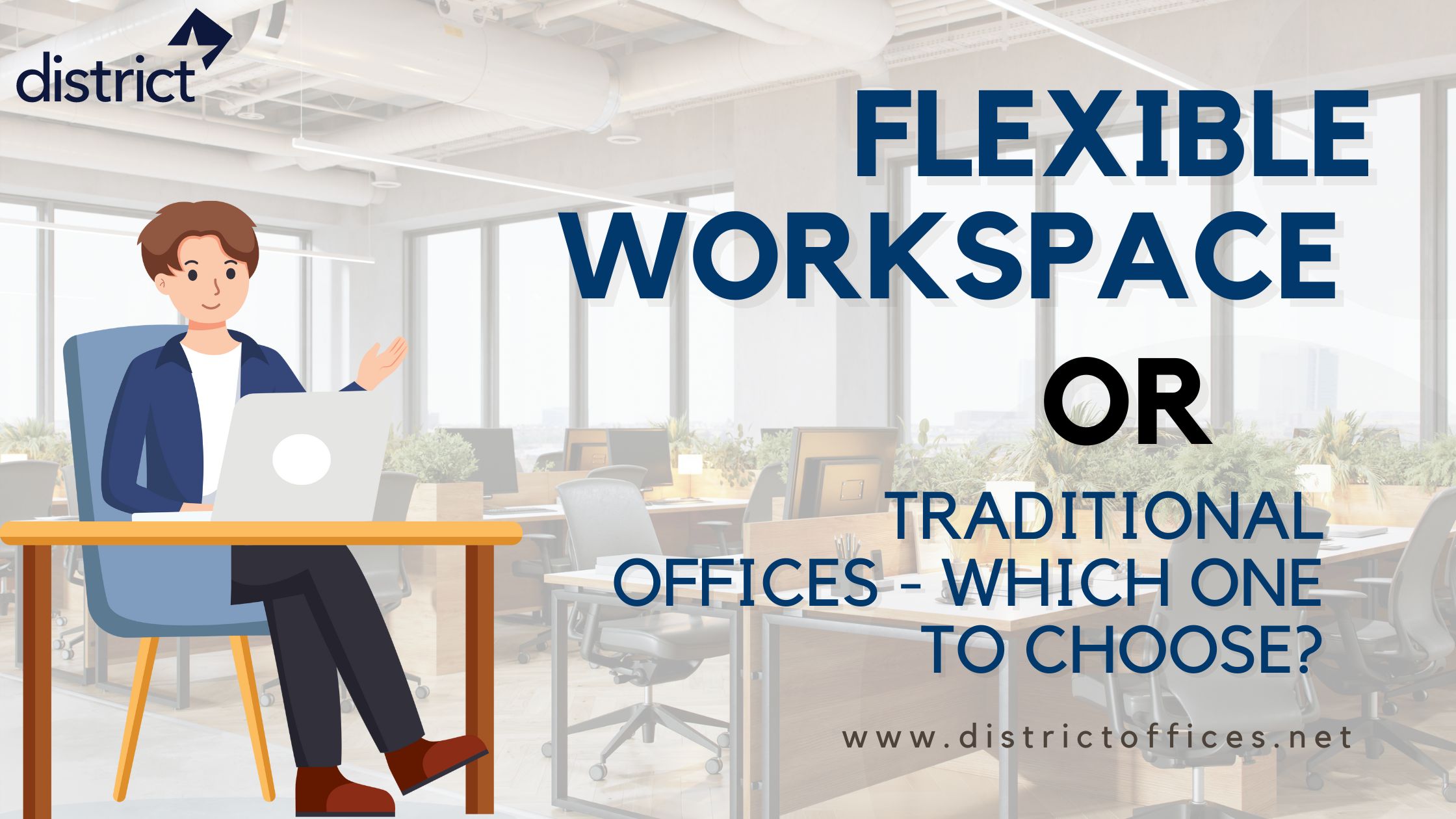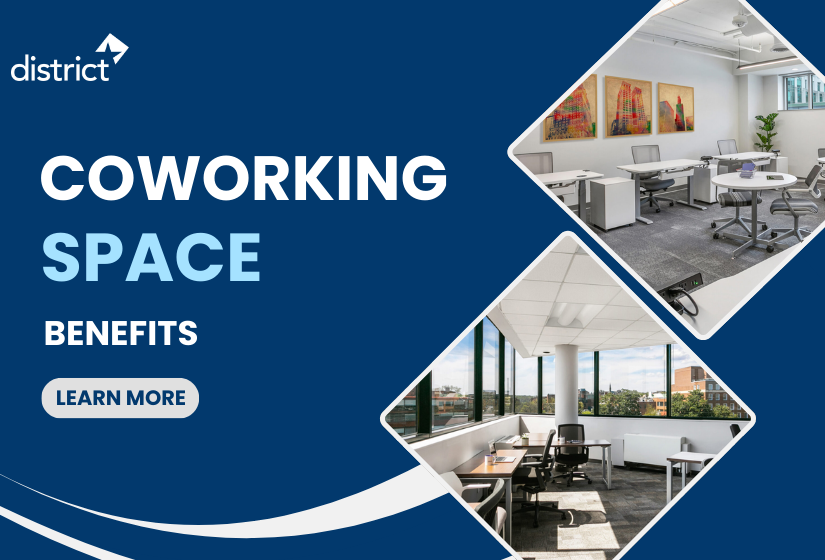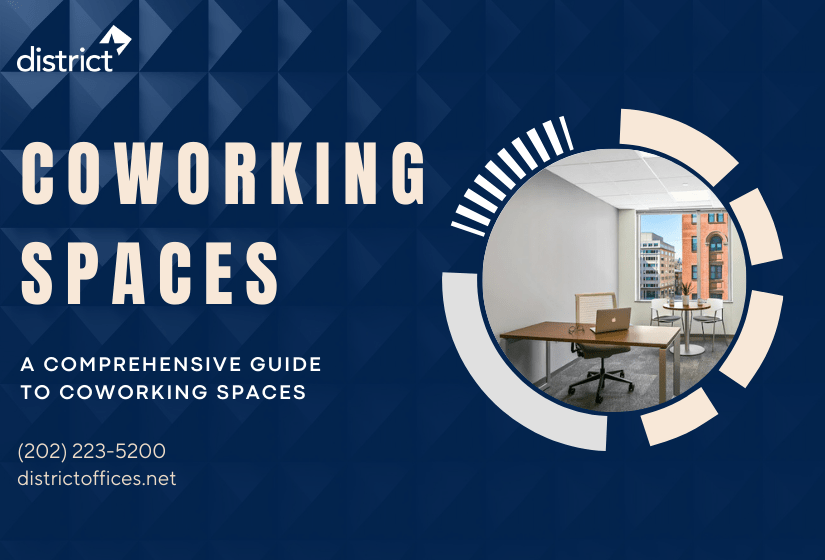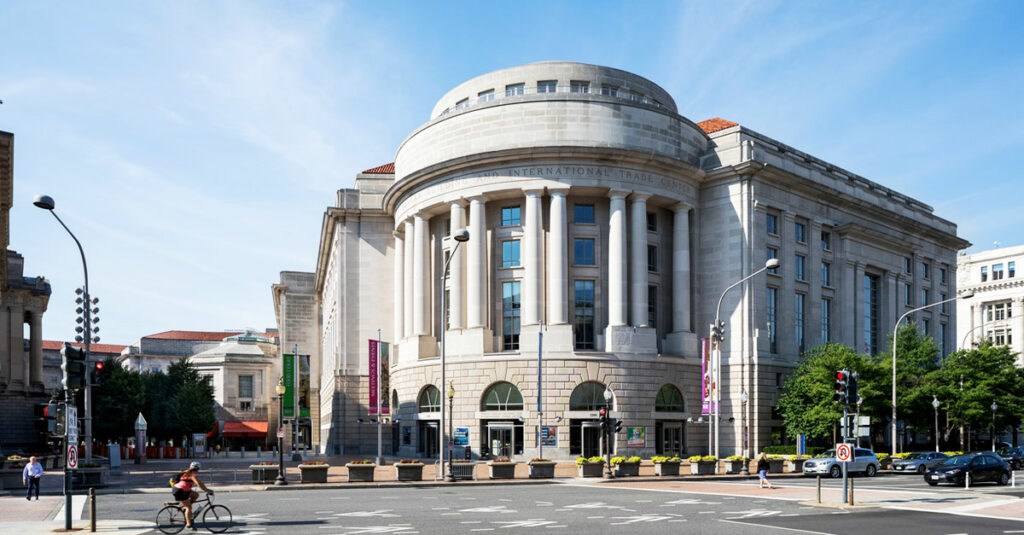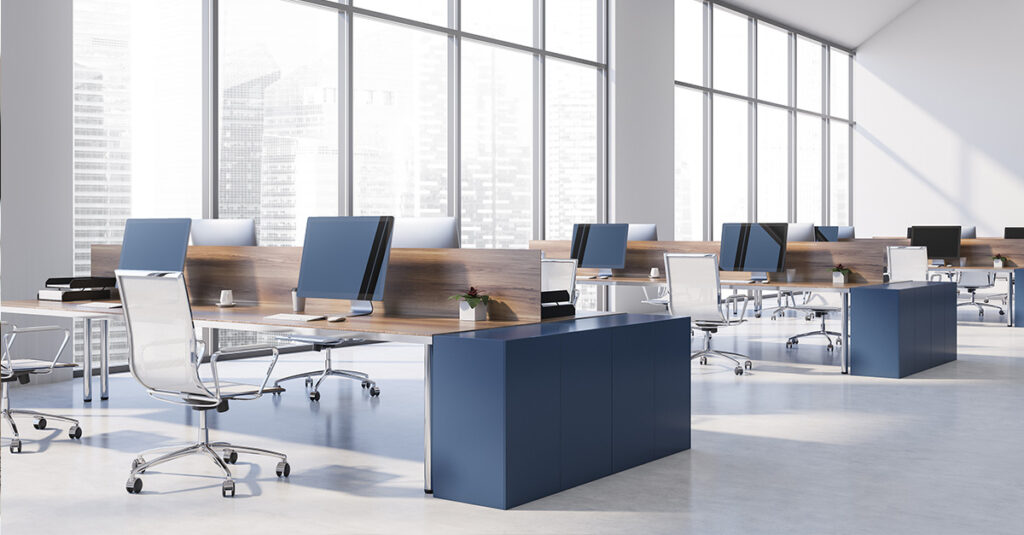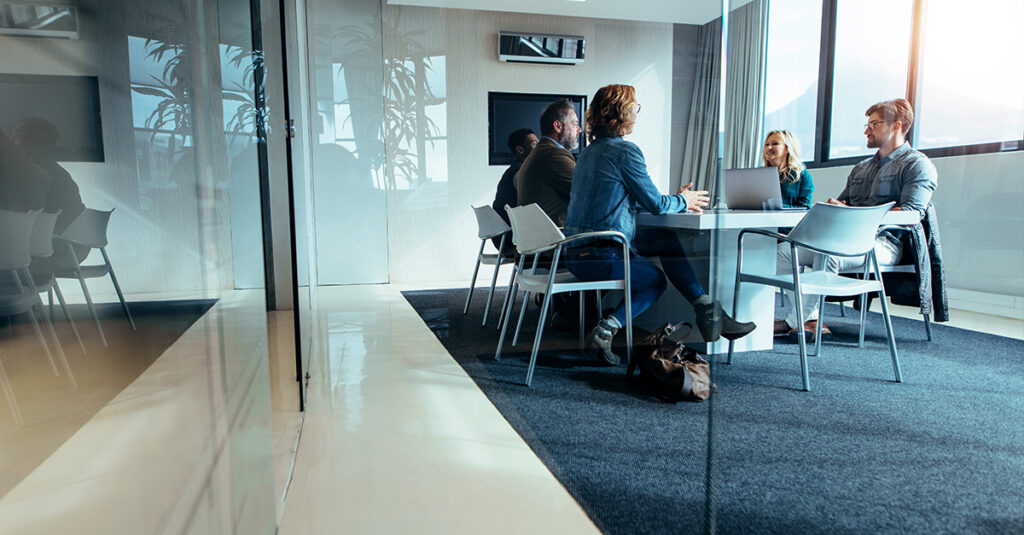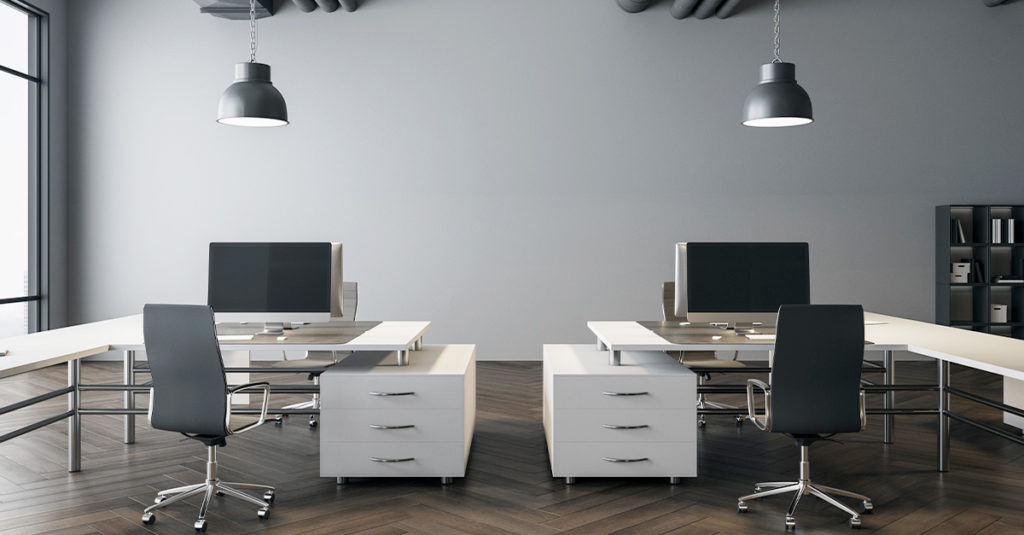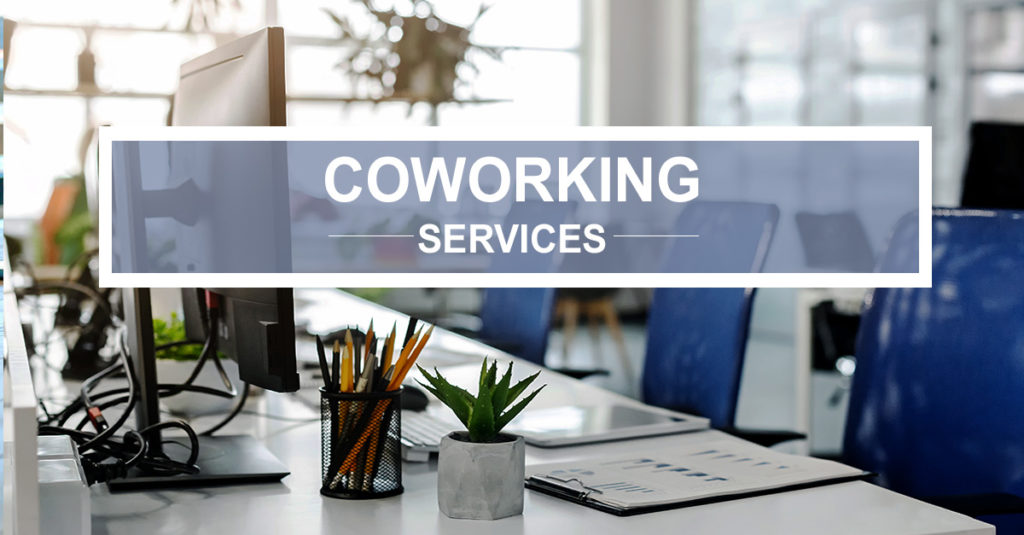Flexibility enhances our productivity when we work in a dynamic environment. Over the years we’ve seen a significant switch in how professionals work. During and after the pandemic, professionals’ preferences changed according to the working nature of individuals and businesses.
Even though before the rise of COVID-19, there was always mayhem between flexible and traditional offices, it accelerated after a larger sect of groups changed their working environment. Learning about working in a flexible environment can provide various perks it gained popularity.
If you’d like to know all about both flexible and traditional workspaces, you’ve found the right guide! Let’s get started:
Table of Contents
ToggleDecoding flexible workspace and Traditional offices:
There is a major dominance of traditional offices around the globe. People work in the same organization under various departments and follow a customary setting. Unlike traditional offices, the flexible workspace allows one to work irrespective of one’s professional background.
For instance, individuals or small enterprises can work in flexible workspaces along with other employees from varied companies. The reason for choosing a flexible workspace could vary from one to one. However, the primary reason remains the same and that is choosing comfort over following a monotonous way of working.
Why is Flexible Workspace Gaining Popularity?
If you are an individual working remotely from another state, or you might be feeling distractions in your current workspace – flexible or coworking space allows you to choose your ideal time and workspace according to your personal preference.
Traditional office space is used to create various challenges for individuals. Over the years we’ve seen a significant switch in how professionals work.
But as times are approaching businesses have seen and understood that a feasible and comfortable location matters for productivity, efficiency, and mental well-being. We’ll be discussing the various pros and cons of choosing one over the other.
Choosing a workspace varies from individual to individual.
Pros of Choosing Flexible Workspace Over Traditional Offices:
To understand this in detail we have listed 5 major reasons to explain the benefits of choosing flexible workspace over traditional offices:
- Flexibility
- Networking
- Office management and admin is taken care of
- Culture and environment
- Location
1. Flexibility
One of the main arguments in favor of highlighting the advantages of flexible workspaces is flexibility. Choosing a coworking space lets one relax when it comes to maintaining the workspace. Since there is no lease involved, it is flexible and can be moved without suffering a significant loss.
It becomes our duty to take care of all the needs and requirements if we own a building. Limiting one’s tasks makes it harder to think creatively and instead puts more of an emphasis on innovation and team development.
2. Networking
There is always a benefit in networking with a vast circle of potential workspace individuals and businesses. In an open network, you can connect with different individuals. It helps in the growth of the team or business. The flexible workspace allows us to find new clients and collaborate for better outcomes.
3. Less Responsibility Better Focus & Efficiency
When we have our own space, it requires time and effort to look after the office space and ensure that we have all the amenities for the staff. However, when we work in a coworking space, we have the peace of mind to just focus on our work rather than taking over various responsibilities apart from our dedicated main roles.
4. Culture and Environment
Flexible workspaces have a boon to enhance the overall creativity of a professional. A flexible environment includes different types of activities that can help you immerse yourself in a more diverse culture.
As different startups or teams work in a traditional setting it can help you become more affluent among a different network.
5. Location
The location is a prominent reason for professionals to switch to a different workspace. Traveling a notable distance can be challenging for any employee, it becomes exhausting to travel every day and then give the best utilization of the working hours.
To eliminate this challenge, it is better to avoid traveling to a different working location that is far away and working remotely in a nearby location. Working from the comfort of home becomes difficult, as it misses out on making an employee feel fully centered.
A flexible workspace is recommended for people who prefer going to the office but do not travel to faraway places.
6. Cost
Using a flexible workspace is often much cheaper than leasing traditional office space, especially for individuals and smaller businesses as you’re sharing the costs of the space with many more people than just those in your company.
Cons of choosing flexible workspace over traditional offices:
1. Cost:
Flexible workspaces are generally more cost-effective for smaller businesses. However, for larger companies, they may not be as economical in the long term compared to having their own private office.
2. Lack of Control and Branding:
In a flexible workspace, you have less control over your environment and branding. Unlike a traditional office where you can customize the space to reflect your company’s identity, shared workspaces may limit your ability to do so.
3. Privacy Concerns:
Shared spaces can lack privacy. If you value a private workspace, a flexible office might not provide the level of seclusion you need.
4. Distractions:
Flexible workspaces can get crowded, especially in common areas. The activity around you—people working, having meetings, or hosting events—can be distracting.
5. Scheduling Clashes:
Since flexible workspaces accommodate various professionals, scheduling meeting rooms or other amenities may sometimes clash with your preferred time.
The above-stated points will allow you to have a clear vision regarding which space would be appropriate for you or your team. An exclusive space for an entire team is always better if co-dependency is mandatory for various departments together.
All employees working under the same roof help to increase efficiency.
Pros of Selecting Traditional Offices Over Flexible Workspace:
1. Customization and Branding:
A traditional office space has brand value, and the idea of working for a unified goal promotes enthusiasm among the team members. Branding has a huge role to play when it comes to motivating employees. Also, the setting of an office space varies from firm to firm.
2. Privacy and Security:
Many organizations have confidential processes where outside intervention of employees from the same or another organization is prohibited. In those cases, a traditional office with ideal settings of a controlled environment is extremely helpful.
If your team is working in a shared workspace then the risk of losing sensitive data can be higher.
3. Consistency and Stability:
One of the main differences between traditional & shared workspaces is consistency. Due to either professional or personal commitments, a team or individual working in a shared space might struggle with consistency or stability in one place.
This perk is a constant for an employee or team working in a professional traditional environment.
4. Personalized Amenities and Infrastructure:
Permanent spaces allow one to create flexibility in setting up own space. For instance, a start-up that deals in media technology would always require a room dedicated to shooting, etc. Now this can be a limitation while migrating in between spaces.
Specific infrastructure or rooms are much easier to customize or plan in a traditional office space compared to coworking space.
5. Enhanced Team Cohesion:
Team relationships are enhanced in a traditional office environment. When a team works in the same environment, the interactions are better. Building team bond and communications foster a great working environment.
6. Long-term Financial Predictability:
While the initial setup costs for traditional offices can be high, they often offer long-term financial predictability through fixed lease agreements. This can make financial planning easier compared to the variable costs associated with flexible workspaces.
7. Control Over Environment:
This is an important point to highlight, different firms working together might feel constraining over controlling the environment. When an exclusive team or company works in an environment more with a traditional or permanent setting it gives full control over all the amenities.
Though it may sound irrelevant, however having control over the environment we work in gives us focus and makes us efficient.
8. Professional Image:
It is a well-known projection, having an exclusive office space looks and creates a belief of being more concrete and professional. It enhances our credibility and a positive impression.
When there is a client visit, it showcases a professional belief.
Conclusion:
After navigating both the domains of flexible as well as traditional workspaces you must have understood the nature of both the work location style. To choose between both depends on the individual or a company’s demand and working style.
There are many perks included while working in a flexible workspace. On the other hand, a sense of immense security and comfort while working from traditional offices.
So, it all depends on what your team is looking for. The workspace choice depends on the company’s needs and priorities. At the end of the day, it is one’s personal choice. If you’re an entrepreneur and looking for a comfortable workspace a flexible setting can be your go-to call.
And if you are a large team, then a traditional office setting would be ultimately better for you. To conclude it is important to emphasize that with time flexible workspace will keep expanding and become a popular choice for employees. However, if you are looking for a space right now, it is recommended to first assess your requirements and needs and then assess what would be the best fit for your team.
Frequently Asked Questions:
Q. What are the main differences between flexible workspaces and traditional offices?
To distinguish between flexible and traditional space only two highlights are enough. One of the resources in coworking space is limited due to different working environments. And on the other hand, a traditional office allows you access.
Although traditional office might be demanding and cost draining as the spaces are either rented or in-lese.
Q. What are the key benefits of choosing a flexible workspace?
Flexible workspaces consist of loads of perks for both entrepreneurs and small-sized firms. If we discuss the perks offered or part of coworking space, it is important to note that co-working means that the space is shared along with those resources.
And it can be difficult sometimes to ensure that you’re working at the right office with all the perks.
Q. Why might a business prefer a traditional office over a flexible workspace?
For a sense of exclusivity or to attain the comfort of having own space, team, and equipment. Team exclusivity or interaction with team members daily helps employees with great communication & bonding.
Q. How does the cost compare between flexible workspaces and traditional offices?
Costing of flexible workspaces is lower than a traditional office. The traditional office setup requires a higher cost as lease and other maintenance are also involved. For small businesses and young start-ups, flexible workspaces are an ideal choice when cost is one of the main concerns.
Q. What factors should a company consider when deciding between a flexible workspace and a traditional office?
While deciding between the two it is important to identify the needs of your organization. For some an exclusive space might help more compared to a shared environment. Factors such as team size, company’s objective, or nature of work might vary a team or individual choice to choose among the two.



